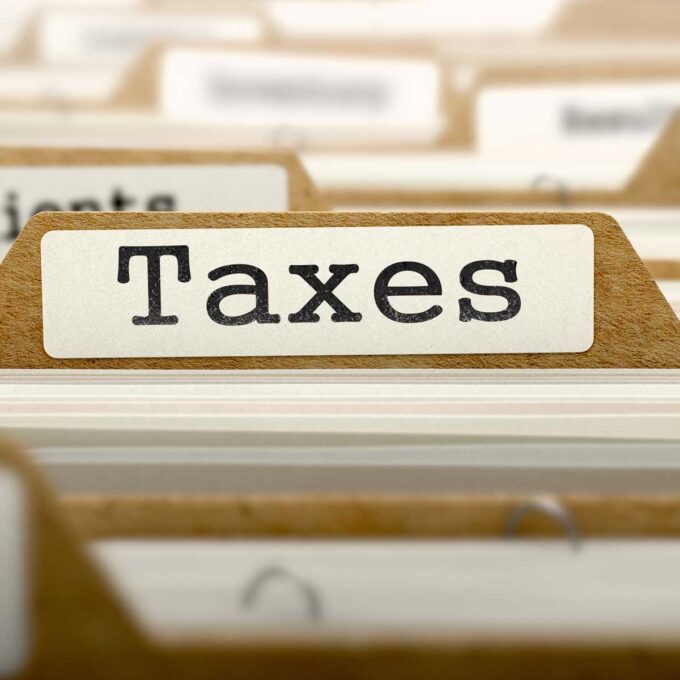In 2024, understanding meal allowances in the workplace is more important than ever for both employers and employees. This guide aims to demystify the concept of meal allowances, emphasizing their significance in modern employment practices. Meal allowances are not just a financial benefit but a reflection of a company’s culture and approach towards employee welfare.
By delving into this topic, we aim to provide a thorough understanding that will aid in making informed decisions, fostering a supportive work environment, and ensuring compliance with evolving regulations.
What Is a Meal Allowance?

Meal allowances represent a specific sum of money allotted to employees for meals during their work hours. This financial benefit is designed to ease the burden of meal expenses for employees, ensuring they have access to nutritious meals while at work. By offering food allocations, employers acknowledge the importance of well-being and sustenance in maintaining a productive workforce. These allowances can vary in amount and structure, but fundamentally, they serve as a tangible gesture of an employer’s investment in their employees’ daily needs and comfort.
Why Do Employers Provide Meal Allowances?
Employers offer meal allowances for several compelling reasons. Primarily, these allowances are a strategic tool to enhance employee satisfaction and productivity. When employees are assured that their basic needs, like food, are taken care of, they are more likely to be content and focused at work.
Meal allowances also emerge as a competitive benefit in attracting and retaining top talent. Furthermore, providing these allowances can be a part of fulfilling legal and contractual obligations. In essence, food allocations are a multifaceted tool for employers to nurture a positive workplace environment and boost overall workforce efficiency. For more details, check out the Benepass food allowance guide.
Legal Requirements

Understanding the legal framework surrounding meal allowances is crucial for employers. Compliance with laws and regulations regarding employee benefits is a fundamental responsibility. These legal requirements can vary by location and industry, making it vital for employers to stay updated with the latest legal mandates.
Some regions may have specific laws dictating the minimum meal allowance, while others might offer guidelines or best practices. Non-compliance can lead to legal repercussions and damage to the company’s reputation. Therefore, a clear understanding of these legal obligations is essential for both ethical and practical reasons in managing meal allowances.
Types of Meal Allowances
Meal allowances can be categorized into several types, such as per diem allowances and actual expense reimbursements. Per diem allowances offer a fixed daily rate, providing employees with a set amount for meals each day. This type is straightforward and easy to manage.
On the other hand, actual expense reimbursements involve compensating employees for the exact cost of their meals, requiring receipts and detailed record-keeping. Each type has its advantages and operational considerations, and the choice often depends on the nature of the work and employer preferences. Understanding these types helps in selecting the most suitable meal allowance method for a particular workplace.
How to Calculate Meal Allowances

Calculating food allocations requires a clear method or formula. The approach can vary depending on the type of allowance chosen. For per diem allowances, employers may use a standard daily rate, often guided by industry norms or regional cost of living. For actual expense reimbursements, the calculation is based on the actual cost of meals, necessitating detailed documentation. Providing examples and clear guidelines helps in maintaining transparency and understanding. Employers must balance fairness and practicality in determining these rates, ensuring they are sufficient for employees while being financially sustainable for the company.
Reporting and Documentation
Proper documentation and reporting of meal allowances are vital for compliance and financial management. Employers should maintain accurate records of all allowances provided, including dates, amounts, and employee details. For actual expense reimbursements, collecting and storing receipts is crucial. These records are not only necessary for financial audits but also for legal compliance. Employees, too, should be aware of the documentation required from their end. Clear communication regarding reporting procedures and requirements helps in maintaining a smooth and transparent process.
Tax Implications

The tax treatment of meal allowances is a critical aspect for both employers and employees. In many jurisdictions, food allocations can have tax implications, potentially affecting an employer’s payroll calculations and an employee’s taxable income. Understanding these tax rules is crucial to avoid any unintended tax liabilities or non-compliance issues. Employers should consult tax professionals to ensure proper handling of meal allowances in payroll and tax reporting. Employees should also be aware of how these allowances impact their personal taxes, seeking advice if necessary.
Meal Allowances vs. Reimbursements
It’s important to differentiate between meal allowances and meal reimbursements. While they may seem similar, they function differently. Food allocations are predetermined amounts given to employees irrespective of the actual cost incurred, offering predictability and ease of administration. Reimbursements, however, involve compensating for actual expenses, requiring proof of expenditure. Each method has its place, depending on the work context and administrative preferences. Employers should clearly define which method they use and under what circumstances, ensuring clarity for all involved.
Meal Allowances for Remote Workers

With the rise of remote work, the application of food allocations has evolved. Remote workers may also require meal allowances, particularly if their work involves regular meetings or travel. However, the criteria and implementation might differ from traditional office settings. Employers should consider the unique circumstances of remote work when designing meal allowance policies, ensuring fairness and relevance. This adaptation reflects the changing nature of work and the need for flexible, inclusive benefits schemes.
Employee Responsibilities
Employees have certain responsibilities regarding meal allowances. They need to understand their company’s meal allowance policy and comply with the guidelines. This includes adhering to spending limits, providing necessary documentation, and being aware of any tax implications. Employees should also be proactive in seeking clarification on any aspects of the meal allowance they do not understand. Their active participation in following the established procedures ensures a smooth process and helps in avoiding misunderstandings or misuse of the benefit.
Conclusion
Meal allowances are a significant aspect of modern employment, beneficial for both employers and employees. Understanding and effectively managing these allocations is key to fostering a supportive work environment and ensuring compliance with legal and financial requirements. Employers and employees alike should stay informed and adhere to guidelines, making the most of this important benefit. This guide serves as a comprehensive resource for navigating the complexities of food allocations in 2024.











